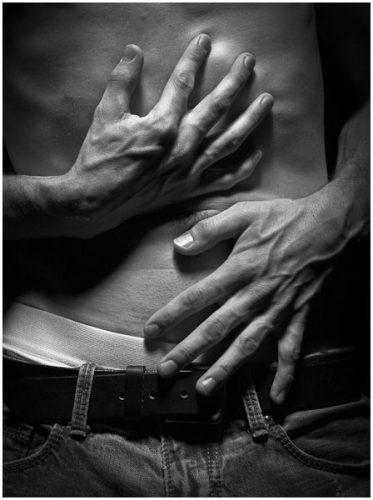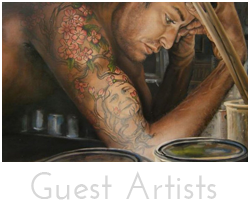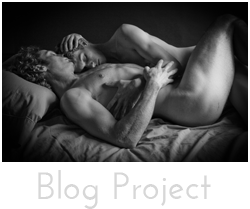 I once dated a guy who could only see the world in Black or White. Everything was either this or that, there was no in between. At first we clashed because I resisted and resented that the world could or should be seen in one way. I would argue for hours that though there was a black and a white there were many shades of gray that created a brilliant array of tones between the two. There was more subtlety to life than viewing it on a one-dimensional plain. That it was our human nature to be filled with all these various shades in our emotions. It is a compilation of all we have experienced to come to this moment of complexity. Life and photography go hand in hand, they are analogous with each other. It simply isn’t just this or that. I bring this up as a preface of things to come. At times things may seem contradictory and have inconsistencies; this is normal for me. I am a person who has lived in a complex time and at one point may believe or see something one way and at another point evaluate or have seen it from a completely different perspective. I will some times look at my work and see it a certain way, put it away for several years, pull it out and see it completely different. For instance reading The Portrait of Dorian Gray by Oscar Wilde, as a young man I saw it from the perspective and view it through the eyes of Dorian, but after recently rereading it, and becoming an artist who sculpts young men in beautiful light, I now see it from the artist Basil’s point of view and now it has a completely different context. It as all art becomes subjective to who we are and what’s in our head at the moment of viewing.
I once dated a guy who could only see the world in Black or White. Everything was either this or that, there was no in between. At first we clashed because I resisted and resented that the world could or should be seen in one way. I would argue for hours that though there was a black and a white there were many shades of gray that created a brilliant array of tones between the two. There was more subtlety to life than viewing it on a one-dimensional plain. That it was our human nature to be filled with all these various shades in our emotions. It is a compilation of all we have experienced to come to this moment of complexity. Life and photography go hand in hand, they are analogous with each other. It simply isn’t just this or that. I bring this up as a preface of things to come. At times things may seem contradictory and have inconsistencies; this is normal for me. I am a person who has lived in a complex time and at one point may believe or see something one way and at another point evaluate or have seen it from a completely different perspective. I will some times look at my work and see it a certain way, put it away for several years, pull it out and see it completely different. For instance reading The Portrait of Dorian Gray by Oscar Wilde, as a young man I saw it from the perspective and view it through the eyes of Dorian, but after recently rereading it, and becoming an artist who sculpts young men in beautiful light, I now see it from the artist Basil’s point of view and now it has a completely different context. It as all art becomes subjective to who we are and what’s in our head at the moment of viewing.
Ansel Adams perfected the theory of the zone system of black and white photography: of seeing, then pre-visualizing what the image should look like, then exposing, processing and printing to place those tones in specific continuum with absolute technical precision I began my life in photography in black and white film, processing myself and printing in the darkroom and follow his theory. It works as well with people as with landscapes. I just now imbue them with my own emotional content. In Tennessee Williams’ opening stage directions to The Glass Menagerie he writes, “The scene is memory and is therefore nonrealistic. Memory takes a lot of poetic license. It omits some details; others are exaggerated, according to the emotional value of the articles it touches, for memory is seated predominantly in the heart. The interior is therefore rather dim and poetic.” And this is where my art and worlds collide; I now put this in your hands.



